vegetable names, Asian & Hmong
digit
18 years ago
Related Stories
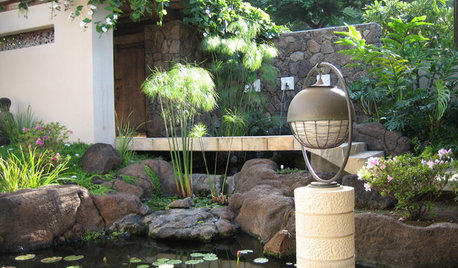
LANDSCAPE DESIGNRecipe for Asian Edible Garden Style
A surprising number of food plants are hiding out in Asian-themed landscapes. Add a few more and extend the Zen flavor to the kitchen
Full Story
MOST POPULARHow to Start a Cool-Season Vegetable Garden
Late summer and late winter are good times to plan and plant cool-season crops like salad greens, spinach, beets, carrots and peas
Full Story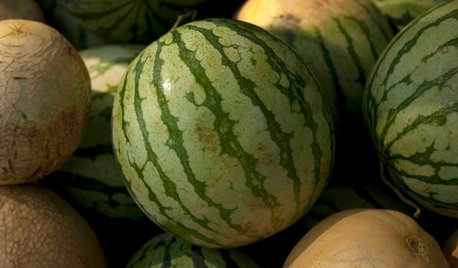
GARDENING GUIDESSummer Crops: How to Grow Melons
Drink in the refreshing sweetness of melons from your own garden this summer — they can last well into fall too
Full Story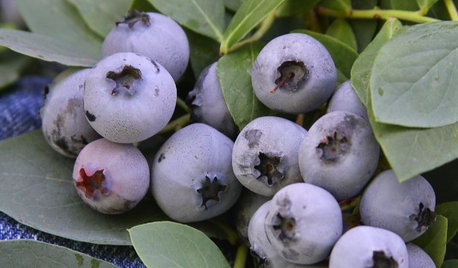
GARDENING GUIDES15 Favorites for Your Summer Edible Garden
Get your summer garden off to a good start with these popular fruits and vegetables
Full Story
FARM YOUR YARDIf You Have Room for Only One Summer Crop ...
Get an edible that’s long on flavor even if you’re short on space, with a long-time gardener’s favorite picks
Full Story
DECORATING GUIDESGet Artful with Artichokes
Enjoy This Spring Vegetable's Shape and Color Around the House
Full Story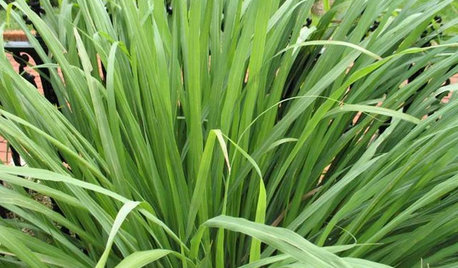
HERBSHerb Garden Essentials: Grow Your Own Zesty Lemongrass
Add lemony goodness to cooking and tropical flavor to your yard with this grass-like herb native to Southeast Asia
Full Story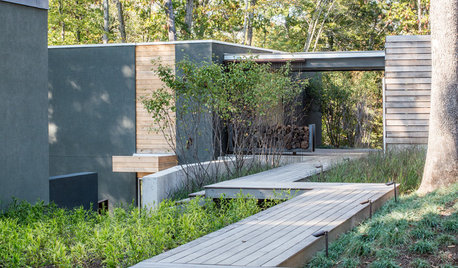
PATHSCreate Garden Mystery With a Zigzag Path
Foster intrigue by setting garden paths at angles ‘yatsuhashi’-style
Full Story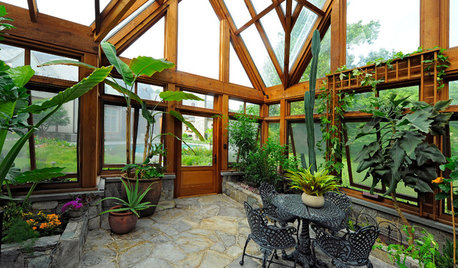
EDIBLE GARDENSThe Enticing Garden: How to Grow Bananas
Sweeten your dining table with surprising flavors of banana cultivars while adding tropical flavor to your garden
Full Story
BUDGET DECORATINGBudget Decorator: A Most Affordable Gallery Wall
Need to fill a wall on the cheap? See how to make use of something pretty cool you may already have
Full Story

Violet_Z6
Violet_Z6
Related Professionals
Kyle Landscape Architects & Landscape Designers · North New Hyde Park Landscape Architects & Landscape Designers · Salisbury Landscape Architects & Landscape Designers · Williamsburg Landscape Contractors · Allentown Landscape Contractors · Wilmington Landscape Contractors · Berkley Landscape Contractors · Emmaus Landscape Contractors · Essex Landscape Contractors · Middleton Landscape Contractors · Parker Landscape Contractors · Royal Oak Landscape Contractors · Long Beach Roofing & Gutters · Newton Roofing & Gutters · Wayne Roofing & GuttersdigitOriginal Author
Violet_Z6
digitOriginal Author
Violet_Z6
digitOriginal Author
Violet_Z6